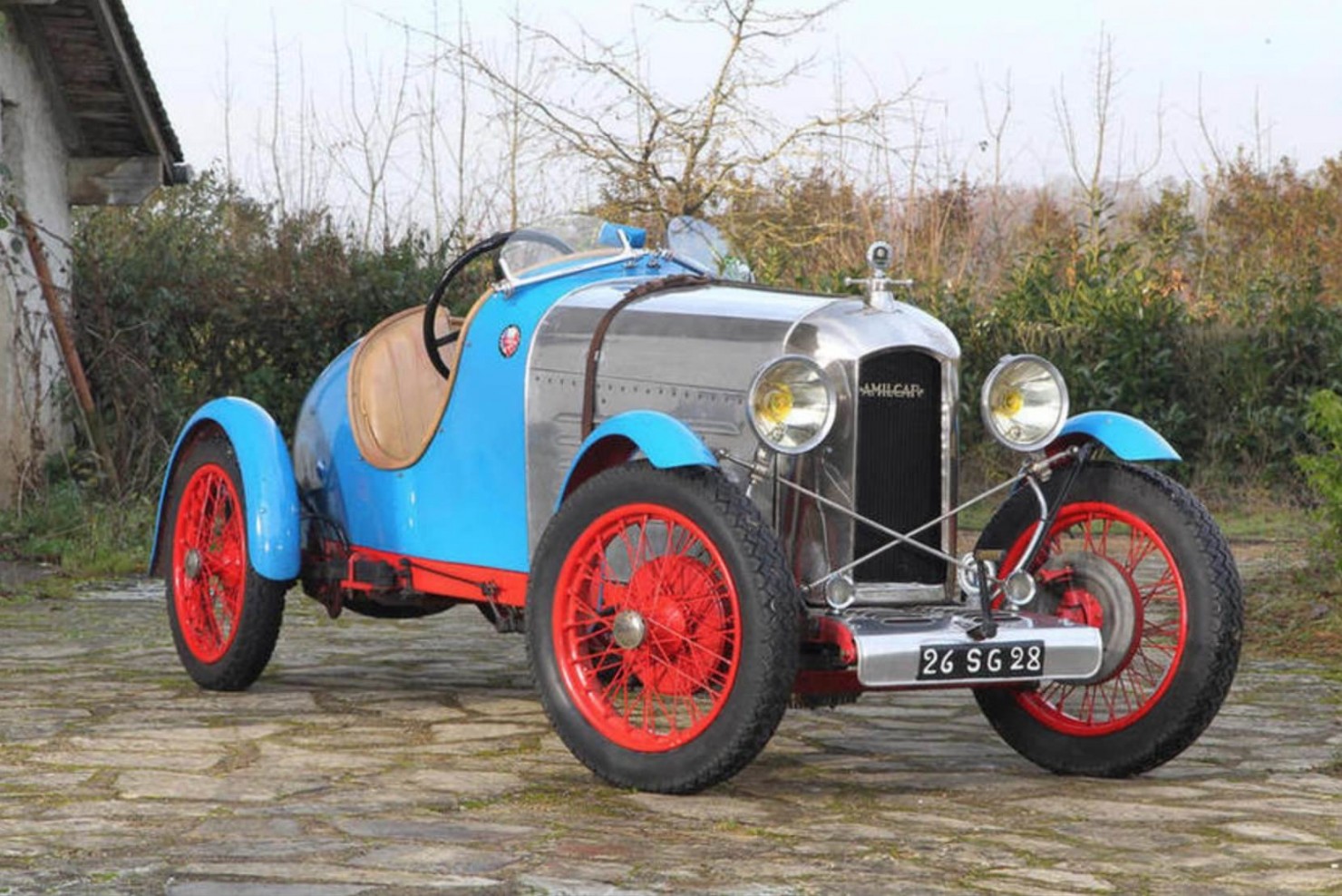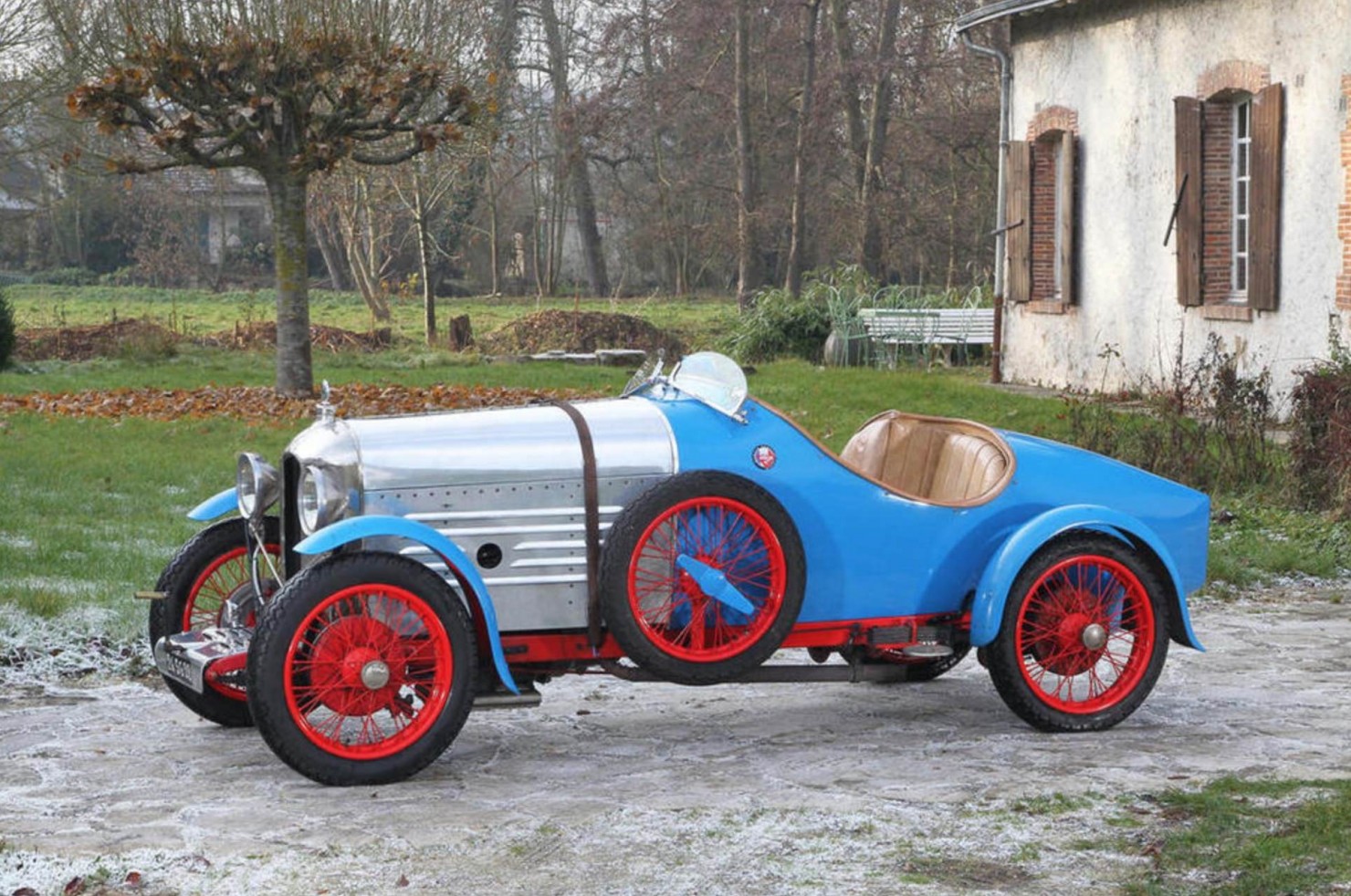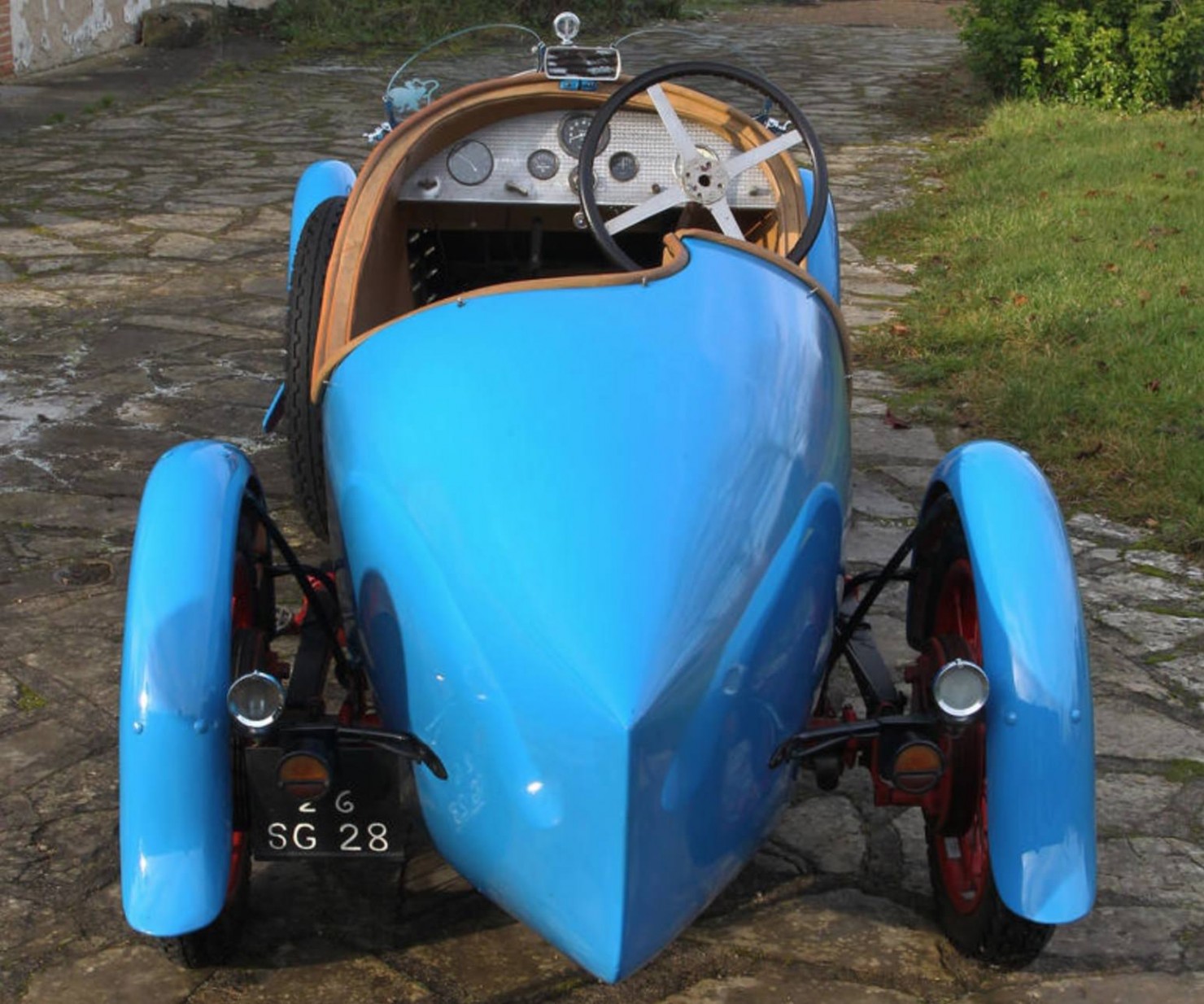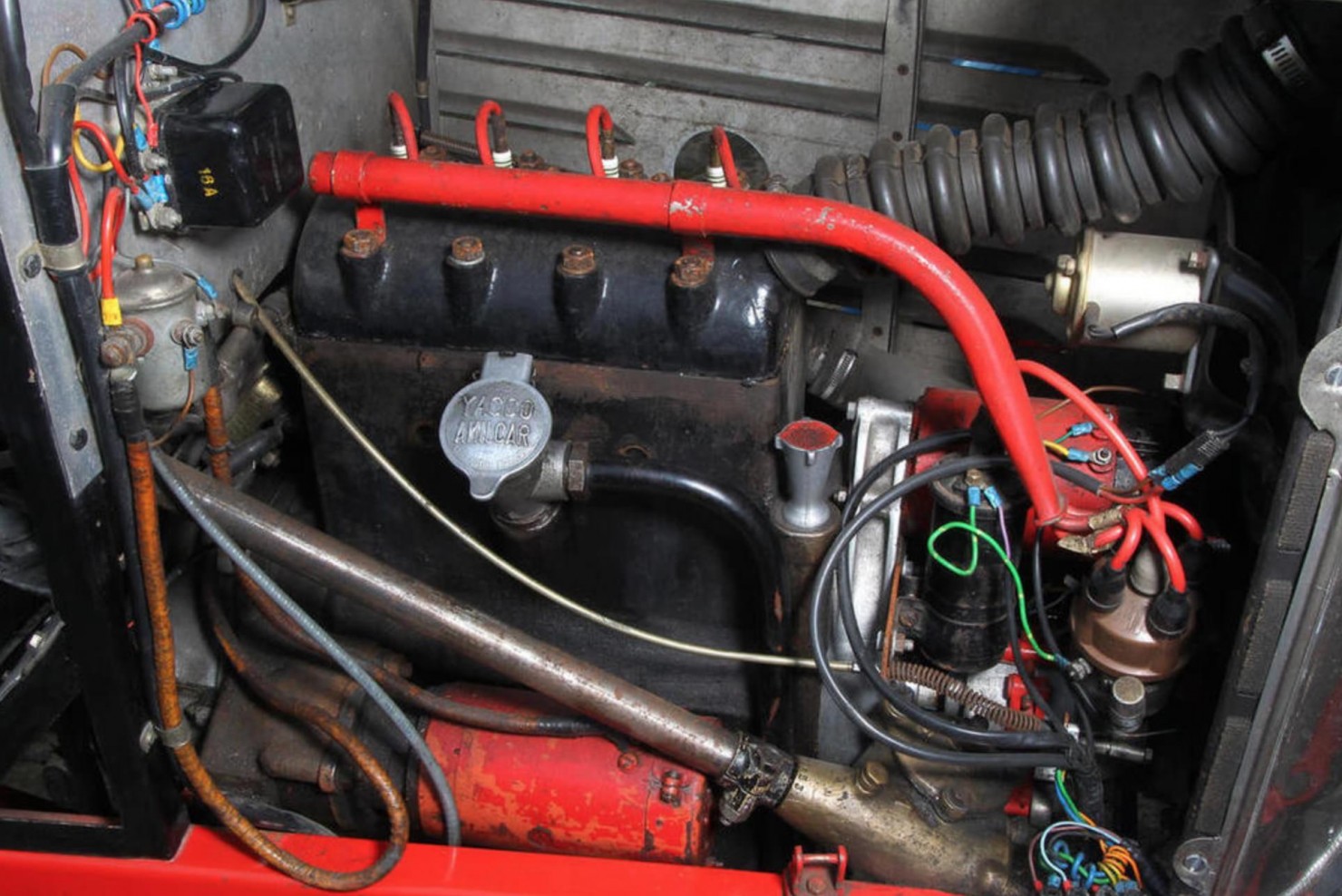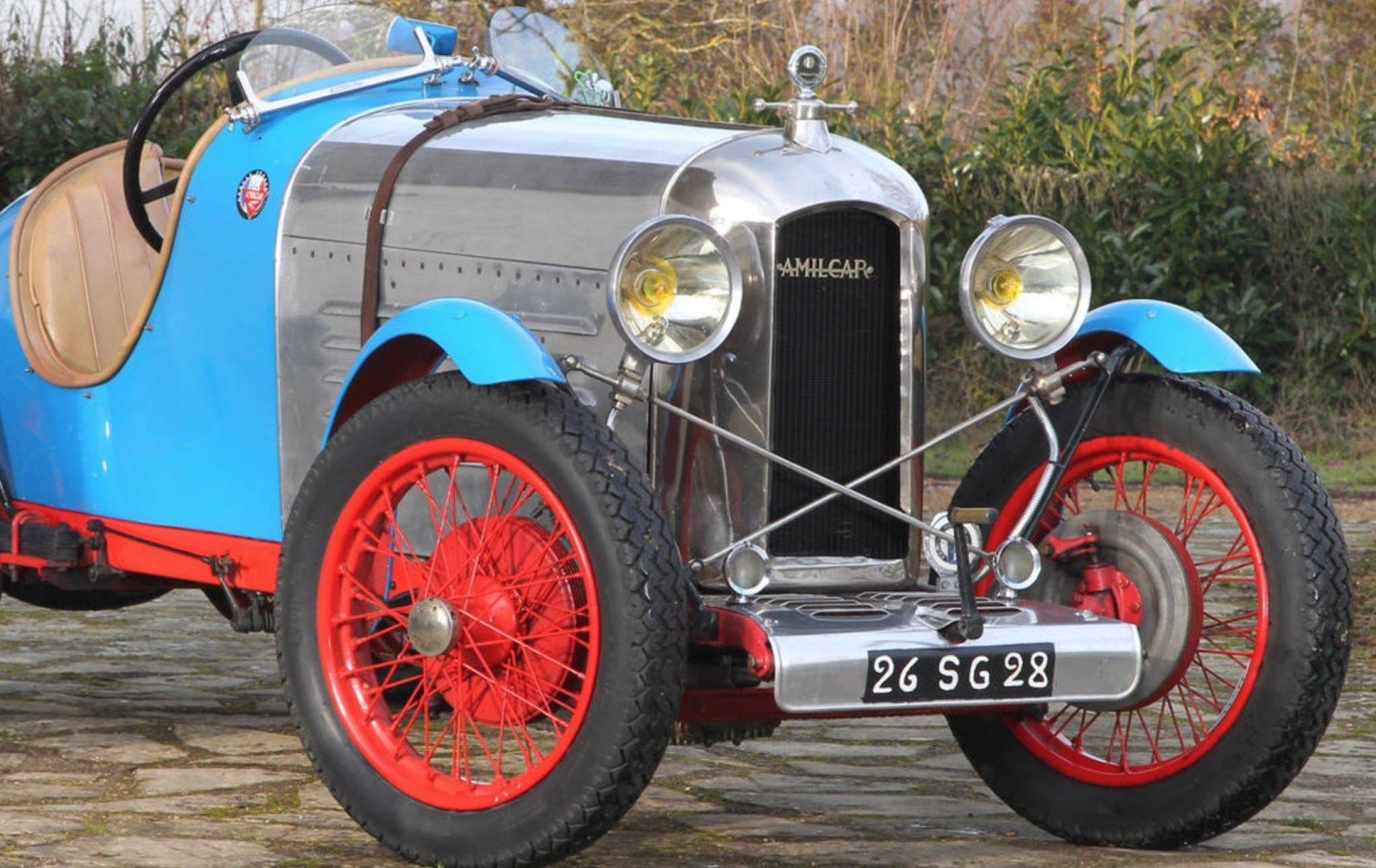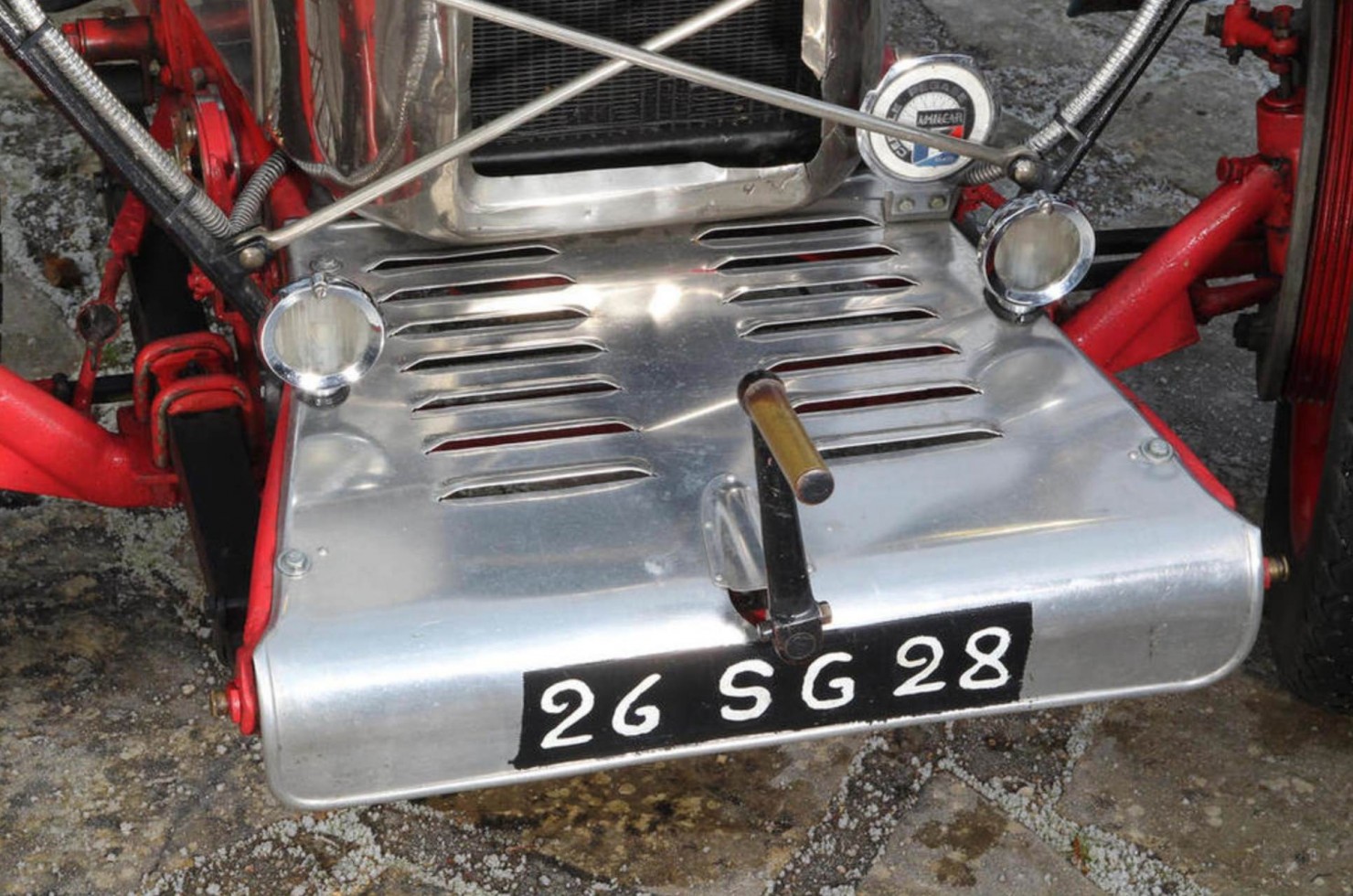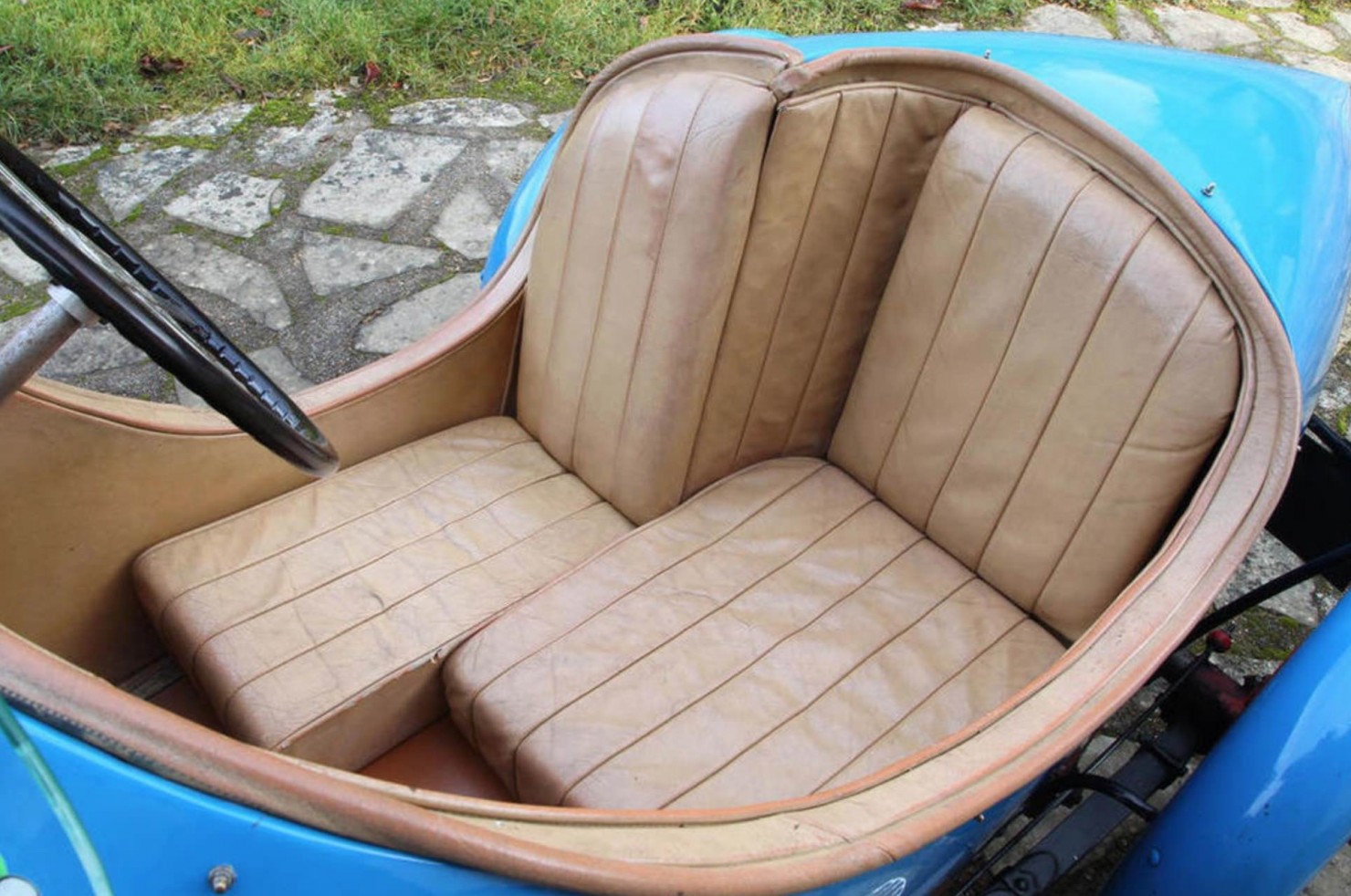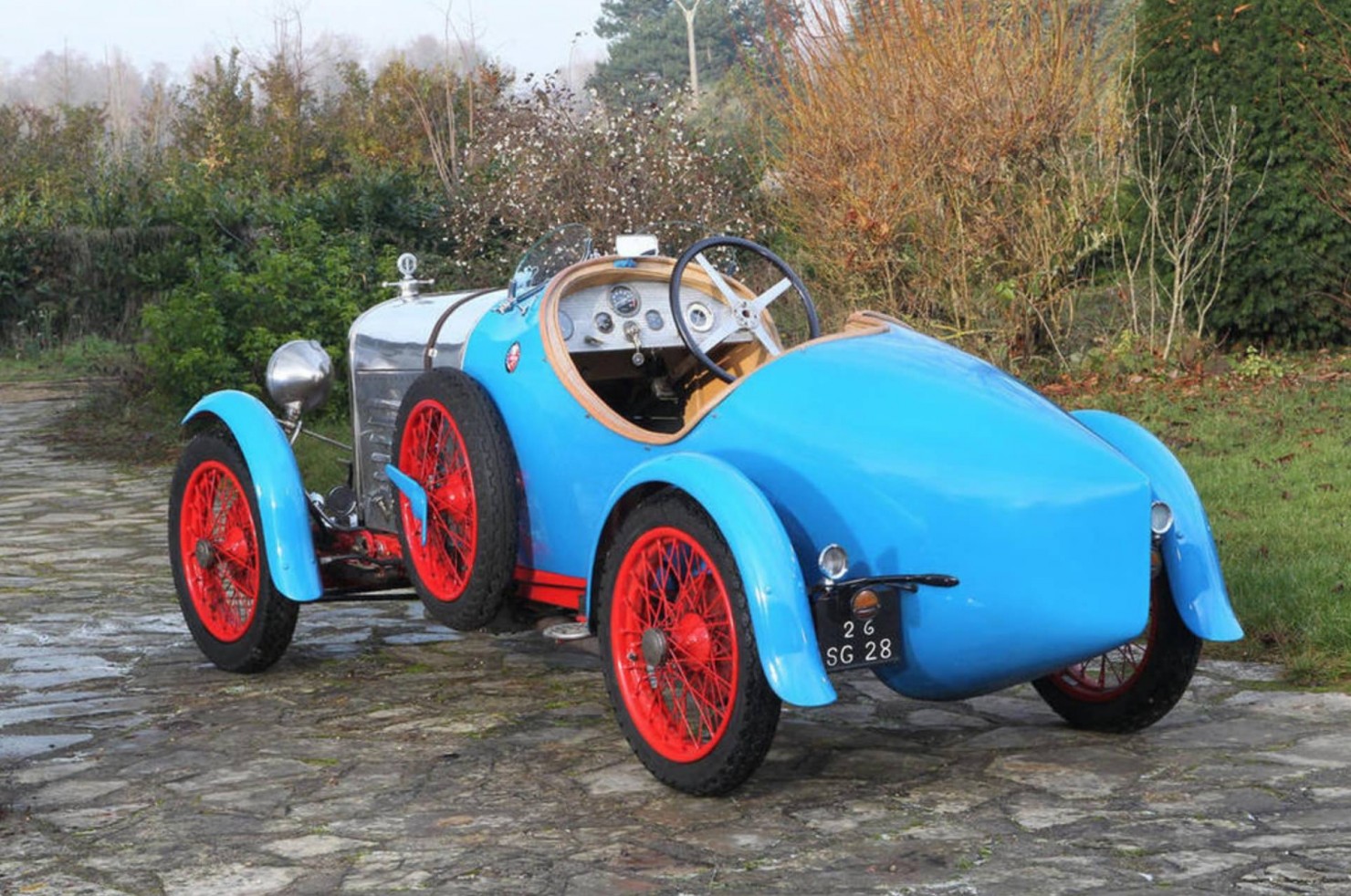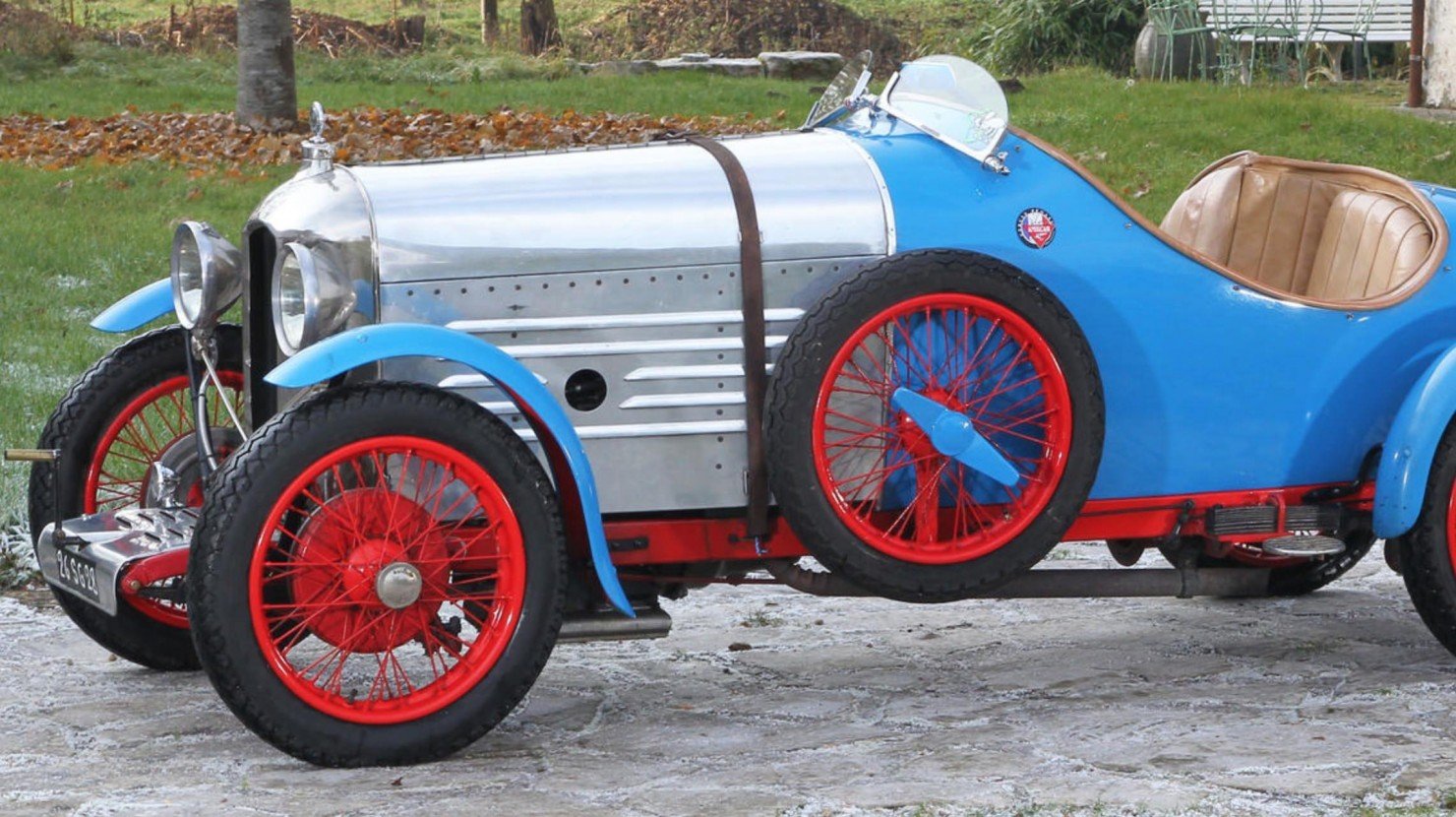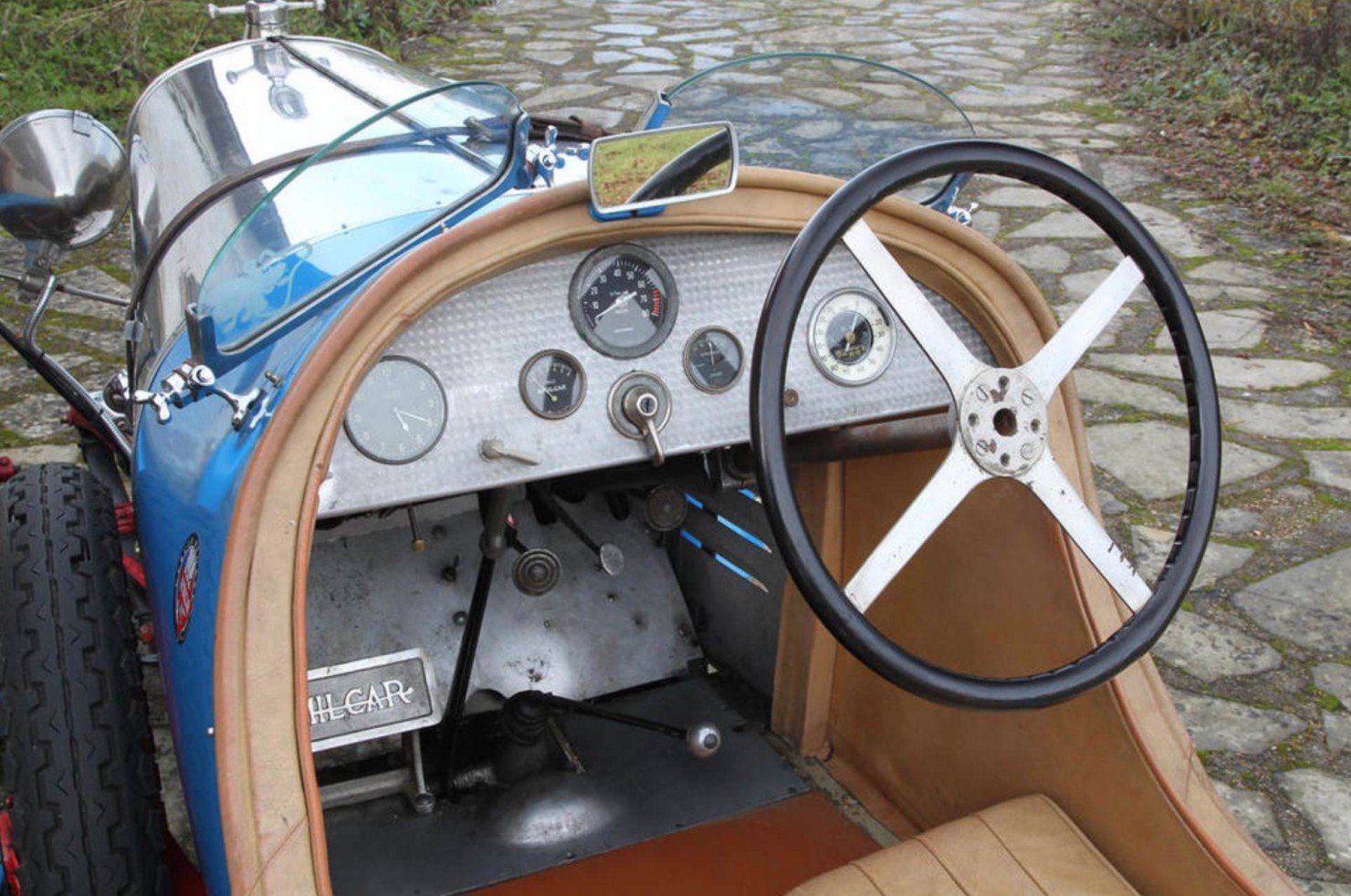dimanche 26 janvier 2014
17e RALLYE MONTE-CARLO HISTORIQUE (22-29 JANVIER 2014) ILS ONT RENDEZ-VOUS AVEC L’HISTOIRE !
Dans la foulée du 82e Rallye Automobile Monte-Carlo, les concurrents du 17e Rallye Monte-Carlo Historique devront affronter un parcours tout aussi sélectif. Avec notamment au programme, des zones de régularité qui ont fait les grandes heures d’une épreuve qui s’apprête à commémorer le 50e anniversaire de la victoire de la Mini Cooper S de Paddy Hopkirk / Henry Liddon obtenue en 1964. Une édition 2014 que le Comité d’Organisation de l’Automobile Club de Monaco a souhaitée encore plus aboutie !
Ouvert aux modèles de voitures ayant participé au Rallye Automobile Monte-Carlo entre 1955 et 1980, le 17e Rallye Monte-Carlo Historique débutera le mercredi 22 janvier 2014par les contrôles administratifs et techniques dans les différentes villes de départ:Barcelone, Glasgow, Monte-Carlo, Oslo, Reims et Stockholm. Les concurrents venant du nord de l’Europe s’attaqueront au Parcours de Concentration à partir du jeudi 23 janvieralors que ceux du sud s’élanceront, eux, le vendredi 24 janvier. Avec pour destination commune Die, dans la Drôme, le point de ralliement. Après plus de 1000 kilomètres parcourus à travers l’Europe, tous devront disputer une toute première zone de régularité (ZR) bien connue des spécialistes : « La Cime du Mas – Col de l’Echarasson – Col de Gaudissart », à parcourir en guise de prologue le samedi 25 janvier, avant de rejoindre Saint-Nazaire-en-Royans puis Valence, la ville de fin d’étape du Parcours de Concentration.
L’Etape de Classement aura lieu dès le lendemain, dimanche 26 janvier, avec au programme de très grandes classiques comme « Le Moulinon – Antraigues » et « Burzet – Saint-Martial » en début de journée. Pas de répit pour les concurrents, qui auront tout juste le temps de faire une halte ardéchoise à Saint-Agrève, avant de s’attaquer à deux autres monuments de l’épreuve : « Lalouvesc – Labatie d’Andaure » et « Lamastre – Gilhoc – Alboussière », avant de revenir à Valence, via Plats et Tournon-sur-Rhône, pour une nuit de repos bien méritée.
La première partie de l’Etape Commune est programmée le lundi 27 janvier, avec quatre zones de régularité à parcourir entre Drôme et Isère, dont « Saint-Jean-en-Royans – Col de l’Echarasson – La Cime du Mas » et « Les Nonières – Col de Menée – Chichilianne ». LaGare de Clelles-Mens, haut lieu du Rallye en Dauphiné, scellera la pause de mi-journée avant que les rescapés de l’aventure 2014 ne s’attaquent à « L’épine – la Charce » puis à «Recoubeau – Jansac – Col de Pennes », une épreuve jamais courue en tant que « ZR des temps modernes ». Le retour pour une 3e nuitée valentinoise s’opérera en fin d’après-midi par Montoison, au nord-ouest de Crest.
Mardi 28 janvier marque le point de départ de la seconde partie de l’Etape Commune, qui ramènera les concurrents vers la Principauté de Monaco. Les difficultés, à nouveau, ne manqueront pas avec une épreuve de caractère comme « Montauban sur l’Ouvèze – Col de Perty – Eygalayes » à disputer avant le contrôle de passage de Digne-les-Bains dans les Alpes de Haute-Provence. Il faudra ensuite aux concurrents garder une concentration certaine, pour affronter les deux dernières difficultés de cette fin d’étape commune à savoir «Clumanc – Tartonne – Lambruisse », grande classique du Rallye Automobile Monte-Carlo disputée pour la première fois en Historique, et « Rouaine – Col des Félines – Entrevaux ».
Après une ultime halte à la Turbie, tous les équipages encore en course n’auront plus qu’à se laisser glisser vers le Port Hercule de Monaco, pour quelques heures de repos. Car celui-ci ne sera que de courte durée, avec une Etape Finale inédite à disputer aussitôt, et qui regroupe toutes les plus grandes classiques de l’arrière-pays niçois. Ainsi « Touët de l’Escarène – Sospel – Col de Turini – La Bollène Vésubie », disputée pour la toute première fois en régularité, et « Lantosque – La Cabanette – Lucéram – Col Saint Roch – Col de Savel – Coaraze » devraient être le théâtre d’une dernière nuit d’anthologie.
Enfin, et elle devrait une nouvelle fois être appréciée de tous, la Soirée de Gala de Remise des Prix se déroulera le mercredi 29 janvier dans la Salle des Etoiles du Monte-Carlo Sporting Club. A cette occasion, nul doute que les nombreux convives devraient avoir une grande et chaleureuse pensée pour deux de leurs illustres ainés, vainqueurs ici même en 1964, avec une voiture qui désormais fait partie de la légende du Rallye Monte-Carlo : la Mini !
1927 AMILCAR CGSS
This 1927 Amilcar CGSS represents remarkable value in the currently skyrocketing vintage car market, sometimes referred to as the “poor man’s Bugatti” the Amilcar CGS and CGSS were exceedingly popular sports and racing cars during the 1920s and early 30s. An Amilcar CGS won the world’s first 24 hour endurance race (the Bol d’Or) and others were campaigned in the Targa Florio and Mille Miglia, further cementing the sporting credentials of the marque.
As the CGSS was designed to race in the sub-1100cc class it was fitted with a 1074cc straight 4 capable of 35hp and a top speed in the 75 to 85mph range, depending on the state of tune.
Production began in France in 1923 with the CGS model, this would be replaced by the CGSS in 1926 which would stay in production until 1929. The primary difference between the CGS and the CGSS was that the latter model had a new chassis that was closer to the ground, offering a better centre of gravity. As a result of this the additional “S” was added which just stood for “surbaisse” – French for “lowered” or “low-slung”.
It’s been estimated that just over 4,700 of the CGS/CGSS were made, at the height of production there were factories building them under license in Italy, Germany and Austria, and sold they were in the USA by Maybach Motors.
It’s possible to pick up a good condition Amilcar CGS/S in the modern day for somewhere in the region of €35,000 to €55,000 ($47,000 to $74,500 USD), which is a couple of orders of magnitude less than a Bugatti of similar vintage.
Read more about this car or register to bid on it here, courtesy of Bonhams.
from SILODROME
RD350 STREAK BY BREW BIKES
If you like two-wheelers of the pedal-powered kind, you probably know about Reynolds 853 tubing. It’s a seamless, air-hardened and heat-treated steel tube with a high strength-to-weight ratio. It’s not something you often see pressed into service on a motorcycle frame, and this 1974 Yamaha RD350 custom is the first of its type to be built in the USA.
It’s the work of master craftsman Steve ‘Brewdude’ Garn, who built it for the Ton-Up exhibition at Sturgis. The featherbed-style frame weighs a mere 20.8 lbs (9.4 kg) compared to the 52 lbs of a stock RD350 frame.
The rest of the bike is pretty impressive too. Garn rebuilt the two-stroke motor with a new crank, Wiseco Pro-Lite pistons, Banshee reeds, 34mm Lectron carbs, RZ350 chambers and an MSD ignition system. It now pumps out around 60 hp compared to the 35 hp of the stock motor.
The tank and front end have been lifted from an R5, with Hagon shocks bringing up the rear. The 18” aluminum D.I.D. rims were spoked by Buchanan’s, and are shod with Avon Roadrider rubber.
As well as the frame, Garn crafted the bars from 853 tubing, finishing them off with Pro Taper grips. There’s an Acerbis light up front, and custom-fabricated LEDs at the back. The fenders are from Hotwing Glass.
The RD350 tips the scales at just 243 lbs (110 kg), which is about the same as a 250cc motocross bike. Fairly obvious where the name ‘Streak’ comes from, isn’t it?
Images by Michael Lichter Photography.
from BIKEEXIF
YAMAHA SR400 CUSTOM BY MOTOR ROCK
Motor Rock is a fantastic, boutique custom motorcycle garage based in Japan, they opened their doors in 2004 and have produced a series of notable and unique bikes since. This beautiful, fully faired Yamaha SR400 custom is one of their more traditional offerings, the bike has been heavily modified from front to back with not a whole lot of the stock SR400 remaining.
That eye-catching fairing is all handmade from fibreglass as is the classic rear cowling, the fuel tank is custom made, hand-beaten aluminium. The more observant amongst you have already noticed that the fairing has an opening behind the wheel to allow some of the already-broken wind off the front tire to cool the 400cc single cylinder engine.
I really like the indicator placement on this build, having them mounted right on the body work is a far more aesthetically pleasing design than having them dangling on little antennae on the front and back. The bike retains it’s stock, vintage looking drum brakes front and rear, they don’t have any trouble slowing her down as the total weight of the bike is relatively light at just a tad under 150kgs (330lbs).
If you’d like to check out more from Motor Rock, hit the link here.
via SILODROME
NEWS from DESIGNER's CUT

BMW K 100 SUPERCAFE' Phase I

YAMAHA XS 850 "TAKAZUMI"

YAMAHA XS 850 "SEARS POINT"
Inscription à :
Articles (Atom)

